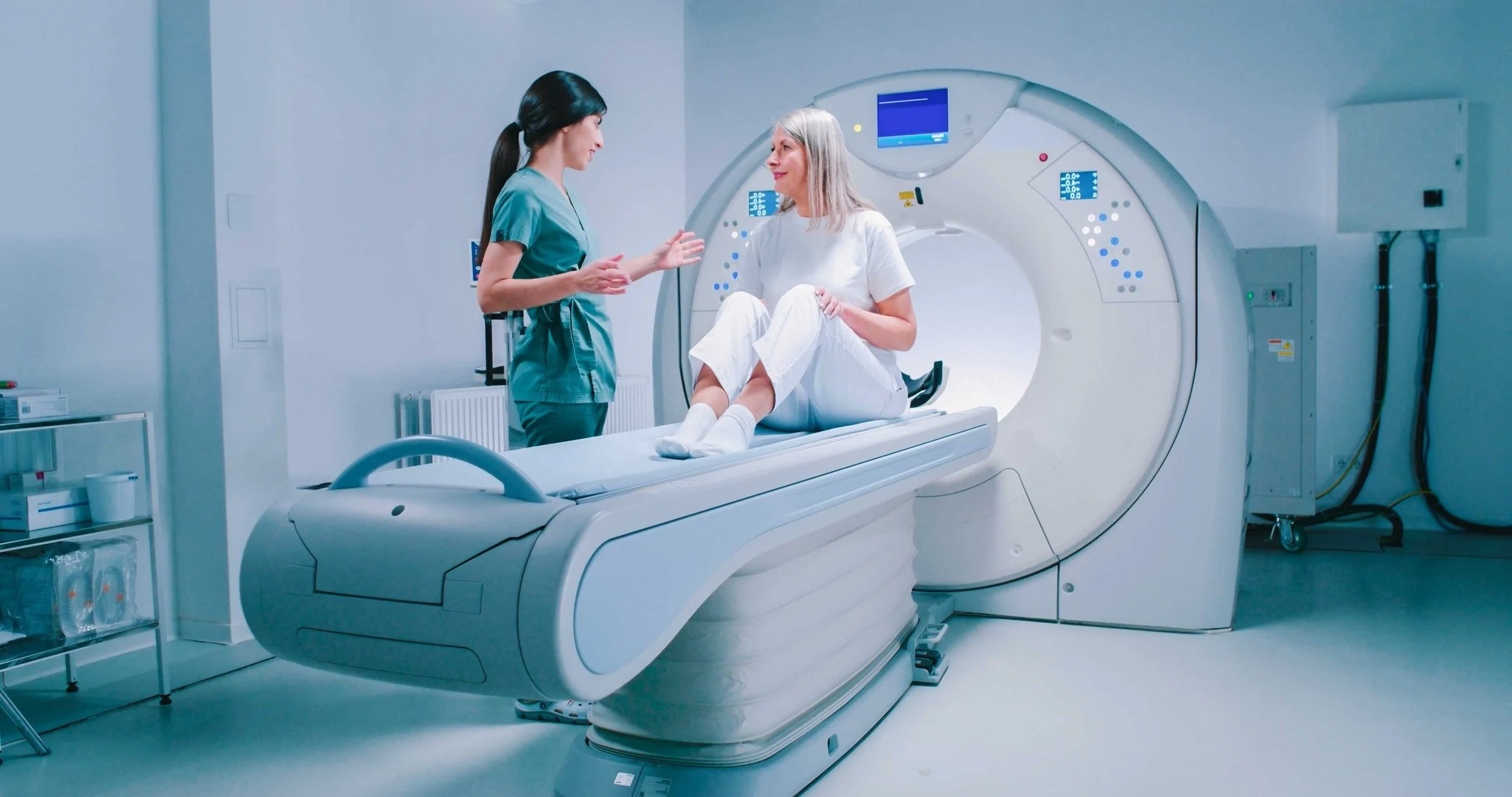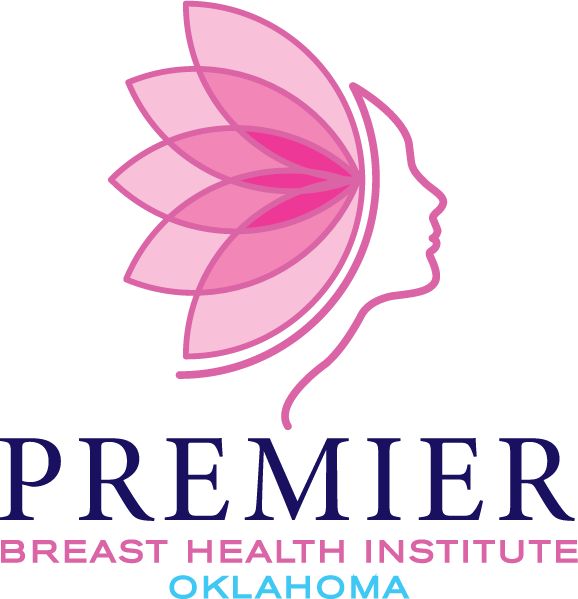
PET-CT Scanning

Clarity in Uncertainty: The Power of PET-CT Imaging
We know that every question about breast cancer deserves a clear answer. That’s why we offer PET-CT scanning, one of the most advanced tools available for evaluating breast cancer beyond what can be seen in a mammogram or ultrasound. Whether you're newly diagnosed, undergoing treatment, or monitoring recovery, PET-CT gives your care team a deeper look into your body’s internal activity so nothing goes unnoticed.

What Is a PET-CT Scan?
A PET-CT (Positron Emission Tomography - Computed Tomography) scan is a powerful hybrid imaging test that combines metabolic and structural information. It uses a small amount of a radiotracer that highlights areas of increased cellular activity, often associated with cancer. The CT component provides detailed anatomical imaging, while the PET scan shows how your tissues and organs are functioning in real time.
Together, they deliver a complete picture that makes it possible to detect cancer spread (metastasis), evaluate treatment effectiveness, and identify any recurrence with exceptional precision.
Why Might Someone with Breast Cancer Need a PET-CT?
-
Staging Breast Cancer:
To determine if cancer has spread beyond the breast to lymph nodes or distant organs.
-
Monitoring Response to Treatment:
To assess how well chemotherapy, radiation, or targeted therapy is working.
-
Detecting Recurrence:
For patients with prior breast cancer, PET-CT helps identify any signs of return, even before symptoms arise.
-
Clarifying Uncertain Findings:
When other scans are inconclusive, PET-CT provides the functional context needed to make informed decisions.

What to Expect During the Procedure
Before the Scan:
You may be asked to fast for several hours. A radiotracer is injected, and you’ll wait 45–60 minutes while it circulates through your body.
During the Scan:
You'll lie comfortably on a scanning table as the machine captures images. The process is painless and usually completed within 30–60 minutes.
After the Scan:
You can typically resume normal activities right away. Your doctor will discuss results and next steps based on the imaging findings.
Frequently Asked Questions
-
PET-CT scans provide both anatomical and metabolic information in one test. While mammography and MRI focus on detecting physical structures or abnormalities in the breast tissue, PET-CT visualizes how tissues behave—highlighting areas with increased glucose metabolism, which is often a sign of cancer. This dual approach is especially helpful for spotting cancer that may have spread or evaluating how active a tumor is, even if it’s not easily seen on traditional scans.
-
PET-CT is not typically used as a first-line tool to diagnose breast cancer—it’s more often used after an initial diagnosis to stage cancer, check for metastasis, or monitor how the disease responds to treatment. In cases where other imaging results are unclear, a PET-CT may be used to provide further clarity.
-
Not usually. PET-CT is generally reserved for situations where more detailed imaging is needed—like evaluating advanced breast cancer, unexplained symptoms, or treatment response. If your doctor suspects cancer has spread or needs a clearer view of suspicious areas elsewhere in the body, they may recommend a PET-CT as a follow-up tool.
-
The scan itself is completely painless. You’ll receive a small injection of a radiotracer through an IV, then relax in a quiet room while the tracer travels through your body. The scan requires you to lie still for about 30–60 minutes, but it’s non-invasive and generally well tolerated. There are no sensations from the radiotracer itself.
-
PET-CT is considered very safe. The amount of radiation exposure is low and generally safe for adults, but it may not be suitable during pregnancy or breastfeeding unless medically necessary. Side effects from the radiotracer are extremely rare, though some people may experience mild discomfort at the IV site. Your medical team will review your history to ensure it's safe for you.
-
That depends on your treatment plan. Some patients may only need a single scan to determine the cancer’s stage, while others—especially those undergoing chemotherapy or with complex cases—may need follow-up scans to track treatment effectiveness or check for recurrence.


